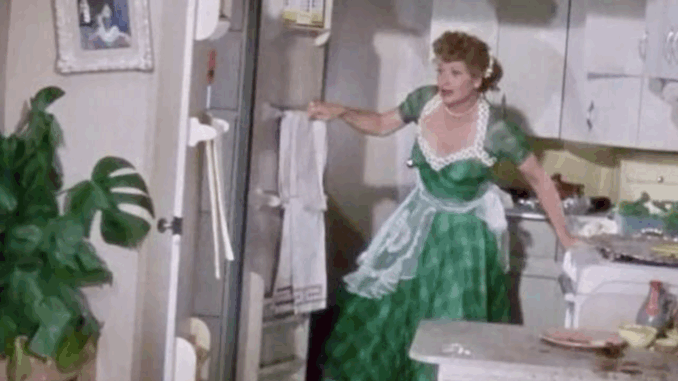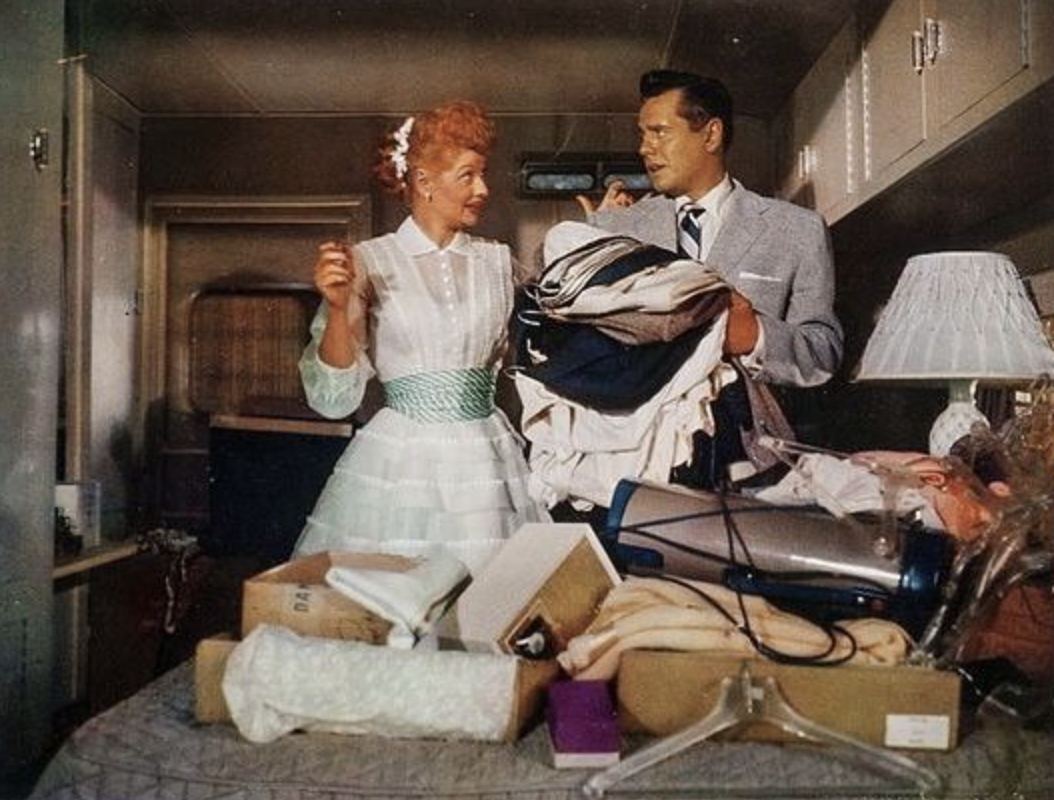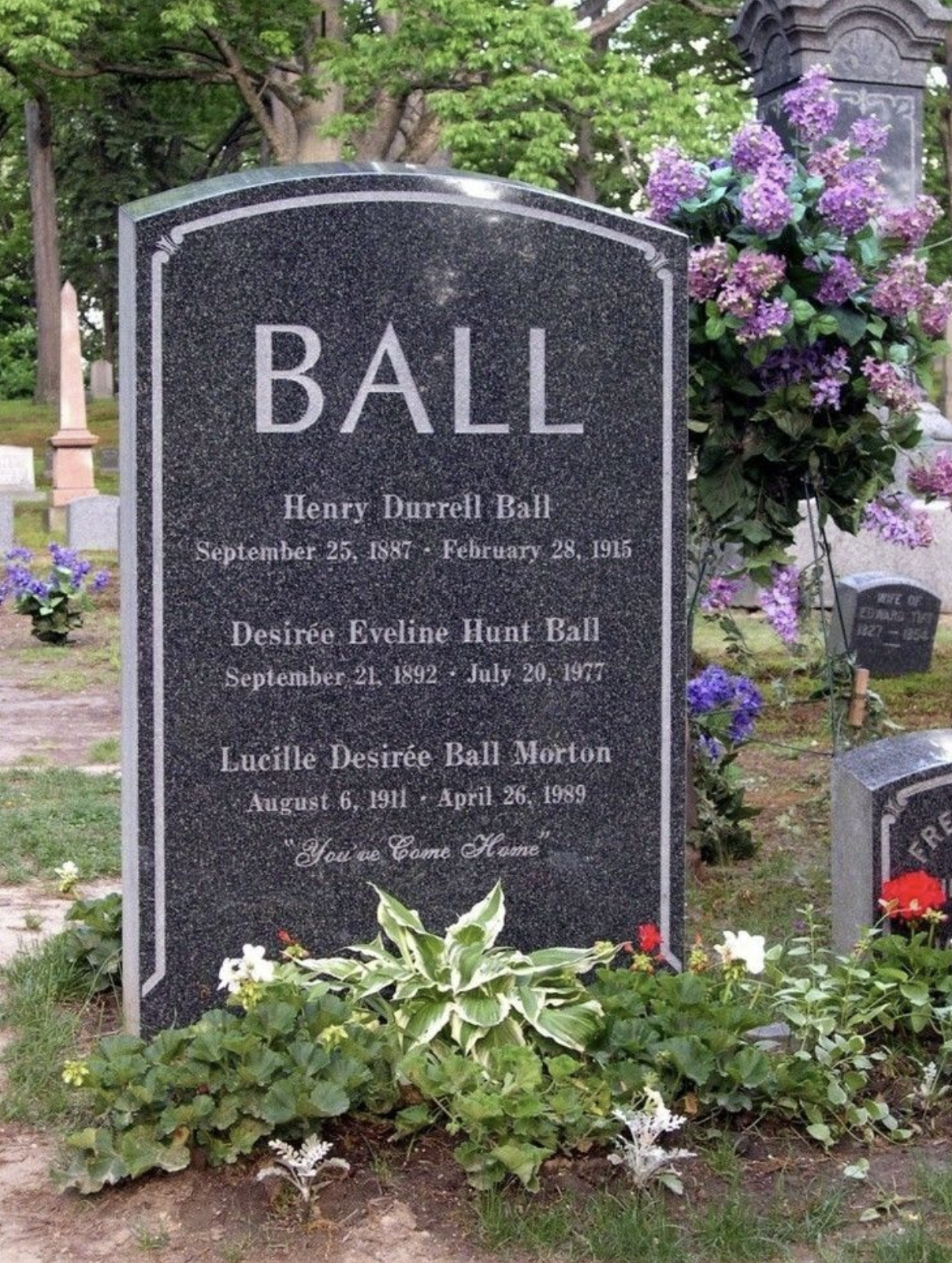
Hollywood, CA – For six glorious seasons, from 1951 to 1957, the world fell in love with Lucy and Ricky Ricardo, their best friends Fred and Ethel Mertz, and their endlessly chaotic lives. Much of that chaos unfolded within the walls of their iconic New York City apartment at 623 E. 68th Street. And while the jokes were fresh, the schemes were new, and the laughter was always abundant, one delightful truth remained constant: Lucy’s apartment was a magical place where time (and furniture) stood deliciously still.
It’s true! In an ever-evolving world, Lucy’s living space remained an unwavering constant, a humorous backdrop to her endless antics. Who needs new decor when this apartment contained an entire universe of comedy?
The Unchanging Layout: Our Comfort Zone
Step into apartment 3D, and you immediately feel at home. That’s because, despite all the wild shenanigans that took place within its walls, the layout of the Ricardo apartment never significantly changed.
- The Living Room: Always dominated by that classic sofa and armchair set, the famous side table with the phone (where Lucy often got her zany ideas), and the ever-present piano where Ricky would practice. You could map out every inch of that room in your sleep.
- The Dining Nook: Just off the living room, always ready for a meal, a planning session, or a disastrous cooking attempt.
- The Kitchen: Small but mighty, the setting for countless spills, food fights, and Lucy’s culinary experiments (or lack thereof).
- The Bedroom: A sanctuary (mostly), complete with the double bed where many a post-scheme argument or loving reconciliation took place.
This unchanging familiarity created a sense of comfort and predictability for viewers. We knew where every prop was, which door led where, and how each piece of furniture would be used (or misused) in Lucy’s next escapade.
The Wardrobe: A Closet Frozen in Time (Mostly)
While Lucy certainly had a flair for fashion, particularly for her on-stage costumes, her everyday wardrobe, especially in the early seasons, featured many recurring outfits. Viewers could often spot the same dresses, aprons, and housecoats making regular appearances. This wasn’t a flaw; it added to the sitcom’s timeless quality. It implied a relatable reality for the average couple in the 1950s and reinforced the idea that these were characters we knew intimately, down to their favorite clothes.
Why We Loved the Stagnation
In an era of home makeovers and constant redecorating, the unchanging nature of Lucy’s apartment is oddly refreshing. It symbolized:
- Relatability: It felt like a real home, lived in, not a showroom that changed with every season.
- Focus on Character: With the setting stable, the focus was always squarely on the characters and their hilarious interactions. The environment was a reliable stage for their comedic genius.
- Timelessness: Because the decor didn’t chase fleeting trends, the apartment itself remains iconic and doesn’t easily date the show. It’s instantly recognizable even today.
I Love Lucy proved that you don’t need a constantly changing backdrop to keep an audience engaged. All you need is brilliant comedic talent, timeless writing, and a magical apartment where the furniture (and Lucy’s spirit!) never truly grows old.


